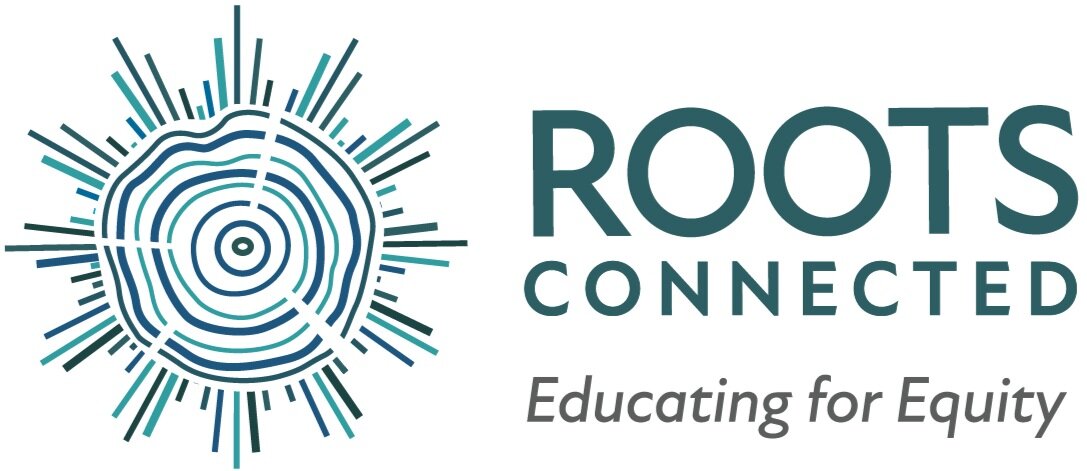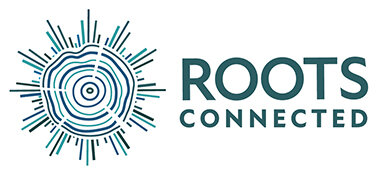The Myth of the Average Learner
“In many classrooms, the focus is on an illusory average student. Many curricula are designed for that student. Cognitive neuroscience has shown us that there really isn’t an average student anywhere, and that’s why it’s an illusory student. Learners and their educators are all highly variable. That’s one of the most important things we’ve learned both from the neurosciences and from the educational sciences. People are really different.”
-Todd Rose
Learning Variability and Inclusion
As Todd Rose so eloquently stated there is no “average student”, all students have unique learning needs. We believe that the variability of learners reaches far beyond their learning preferences. We know that who students are, including how they learn in the classroom, is influenced by all parts of their identity, including whether they identify as having a disability or neurodivergence. Often, talking about inclusion for students receiving special education services is divorced from talking about race, class, gender, and other elements of their identity. We believe that students are fully integrated and complex people and we cannot talk about attending to students' learning needs in isolation from talking about how we are attending to creating classrooms that recognize and support all elements of their identity; creating spaces of belonging.
These are our fundamental beliefs about Inclusion:
All learners are variable.
We cannot separate students’ identities as learners from their race, gender, class, or other identities.
Inclusion requires continuous anti-racist + anti-bias learning and work from adults, families, and students.
Inclusion creates a sense of belonging where students can bring their whole selves to school.
Inclusion increases access to school and provides the power, skills, and support to fully participate and create change.
Inclusive classrooms foster both independence and interdependence.
Universal Design for Learning
One of the foundational tools within our anti-bias education framework is Universal Design for Learning (UDL). We see UDL as a framework to help us attend to learner variability and ensure we present concepts in different ways while engaging students and encouraging them to express their knowledge in different ways. However, in order to truly support the various learning needs of our students it is essential that we recognize our own variability and the multifaceted ways in which our experiences and biases impact our perspective.
The goal is that as educators we become facilitators of learning rather than holders of knowledge. Then we can start to think about different pathways to learning that exist within the context of a single lesson in order to meet the needs of more and more students. You can see the trajectory of goals from personal to student facing below.
As with all elements of our model there are so many ways in which Universal Design for Learning is used as a tool intertwined with Community Building, Representation, Social Action, Critical Literacy, and Identity and Inclusion. For classroom based examples of Universal Design for Learning in practice check out our resource titled, UDL And Remote Learning: Stretching The Boundaries Of Inclusion.





